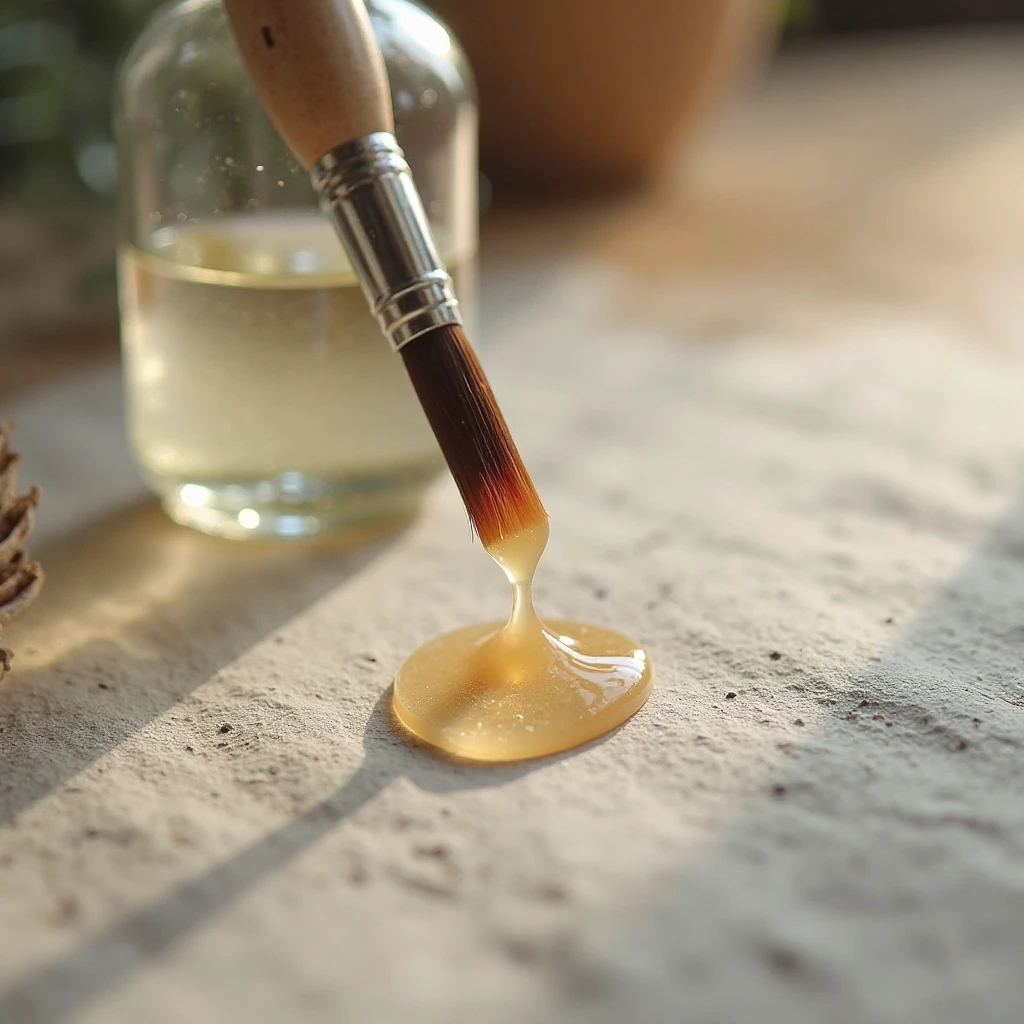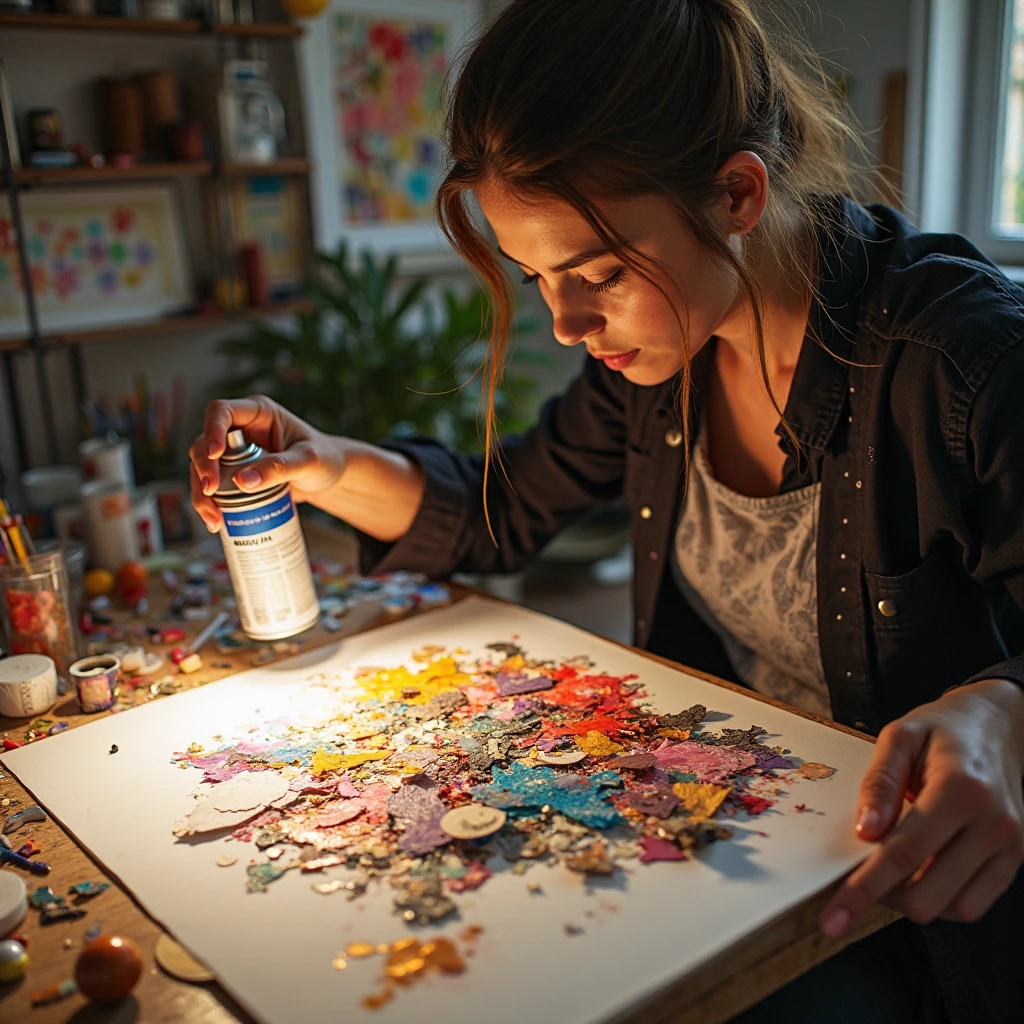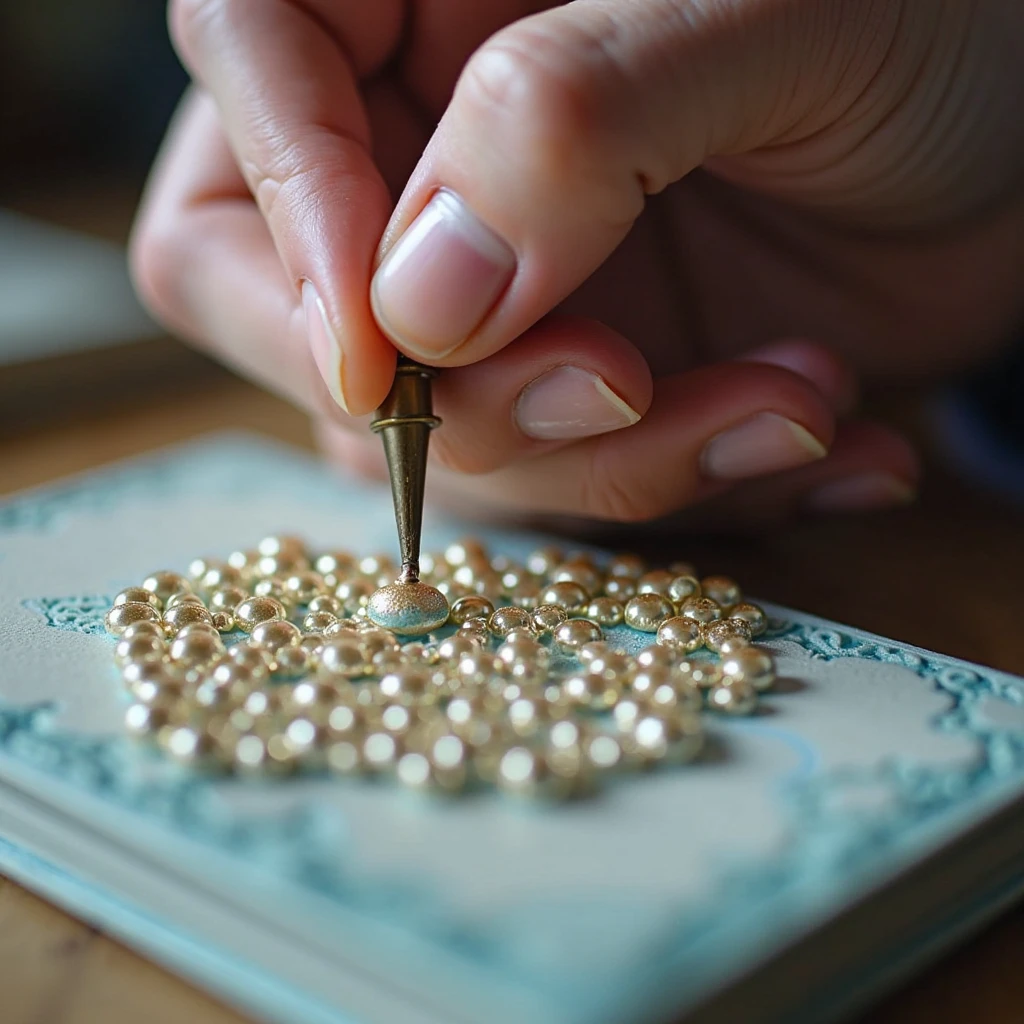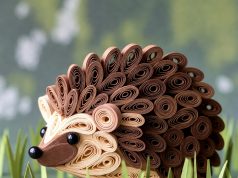Glue is an indispensable assistant in any paper art, but its wrong choice can spoil even the most beautiful crafts. Let's find out what kinds of glues exist and how to choose the perfect one for different types of work.
✏️ Glue stick: simple and convenient
The most popular and affordable option for gluing plain paper. Modern glue sticks are water-based, non-toxic and easy to apply. Their main advantage is cleanliness of use: they do not stain your hands, do not leave traces on the table and allow you to accurately control the amount of glue applied. Especially convenient are the models with a colored indicator (e.g. purple), which become transparent when drying - this helps to see where exactly the glue has been applied.
However, pencil glue has significant limitations. It is not suitable for gluing dense cardboard or heavy decorative elements - such a connection quickly dries out and loses strength. It is also not recommended to use it for glossy and coated paper - adhesion in this case will be insufficient. For temporary bonding or light paper crafts it is ideal, but for serious work it is better to choose something more reliable.
🧴 PVA: the universal solution
Polyvinyl acetate glue is a true classic for paper crafting. Its main advantage is its exceptional versatility. PVA glues ordinary paper, cardboard, photo paper and even combined materials such as "paper-fabric" or "paper-wood" equally well. After drying, it remains elastic, which prevents the seams from cracking when bending the finished product.

There are several varieties of PVA:
- Stationery (least durable but most affordable)
- Universal (suitable for most paperwork)
- Special for decoupage (thicker consistency)
- Super-PVA (with additives for increased strength)
The main disadvantage of regular PVA is its liquid consistency, which can cause warping of thin paper. To minimize this effect, apply a thin layer of glue and allow it to dry slightly before joining the parts. For particularly critical areas, you can use PVA gel, which does not spread.
✨ Spray adhesive: for professionals
Aerosol adhesives are a great solution for working with large surfaces. They evenly coat the paper in a thin layer without causing distortion, which is especially important when creating collages or gluing posters together. Spray adhesives are ideal for photo paper and glossy surfaces, where conventional adhesives often produce unsatisfactory results.

The peculiarity of sprays is the possibility of temporary fixation (some compositions allow to correct the position of parts within a few minutes) and absence of traces after drying. However, they require care in their application - it is better to work in a well-ventilated room, protecting the surrounding surfaces from accidental ingress of glue. For children's art such glues are not recommended because of the difficulty of controlling the application.
🔘 Silicone adhesive: for three-dimensional elements
When you need to glue three-dimensional decorative elements (beads, rhinestones, natural materials) to paper, ordinary glues often fail. This is where silicone adhesives in tubes with a narrow spout come in handy. They provide instant fixation and work well on a variety of surfaces.

The peculiarity of such adhesives is their ability to fill irregularities and create a strong bond between dissimilar materials. After drying, they remain transparent and flexible. However, they are not always suitable for thin paper - they may leave greasy marks or show through. It is also important to note that many silicone adhesives require 12-24 hours to dry completely.
📏 Double-sided tape: clean and precise
For some types of paper crafting (especially scrapbooking), double-sided tape is indispensable. It comes in a variety of widths and thicknesses, so you can find the perfect one for the job at hand. Thin scotch tape is great for connecting card parts, while the foam version creates a volume effect.
Read also: Scotch tape graphics: geometric abstractions
The main benefits are:
- Doesn't stain the paper
- No drying time required
- Allows precise positioning of parts
- Does not cause deformation
However, it is not economical for large surfaces, and some types lose their adhesive properties over time. It is also not recommended to use scotch tape for valuable work - the adhesive layer may yellow over time.
💡 Tips for selection and use
When choosing a paper glue, consider several important factors:
- Paper type (thin, heavy, glossy)
- Size of surfaces to be bonded
- Presence of decorative elements
- Requirements for joint strength
- Time required for operation
Always use scrap paper from the same paper you plan to work with for test gluing. Remember that some adhesives (especially PVA) can change color over time - this is important to keep in mind when creating works that need to retain their original appearance for a long time.
Store adhesives according to the instructions - this will prolong their service life. This is especially true for pencil adhesives, which dry out quickly if stored incorrectly (without the cap). Liquid adhesives should be kept tightly closed in an upright position.







